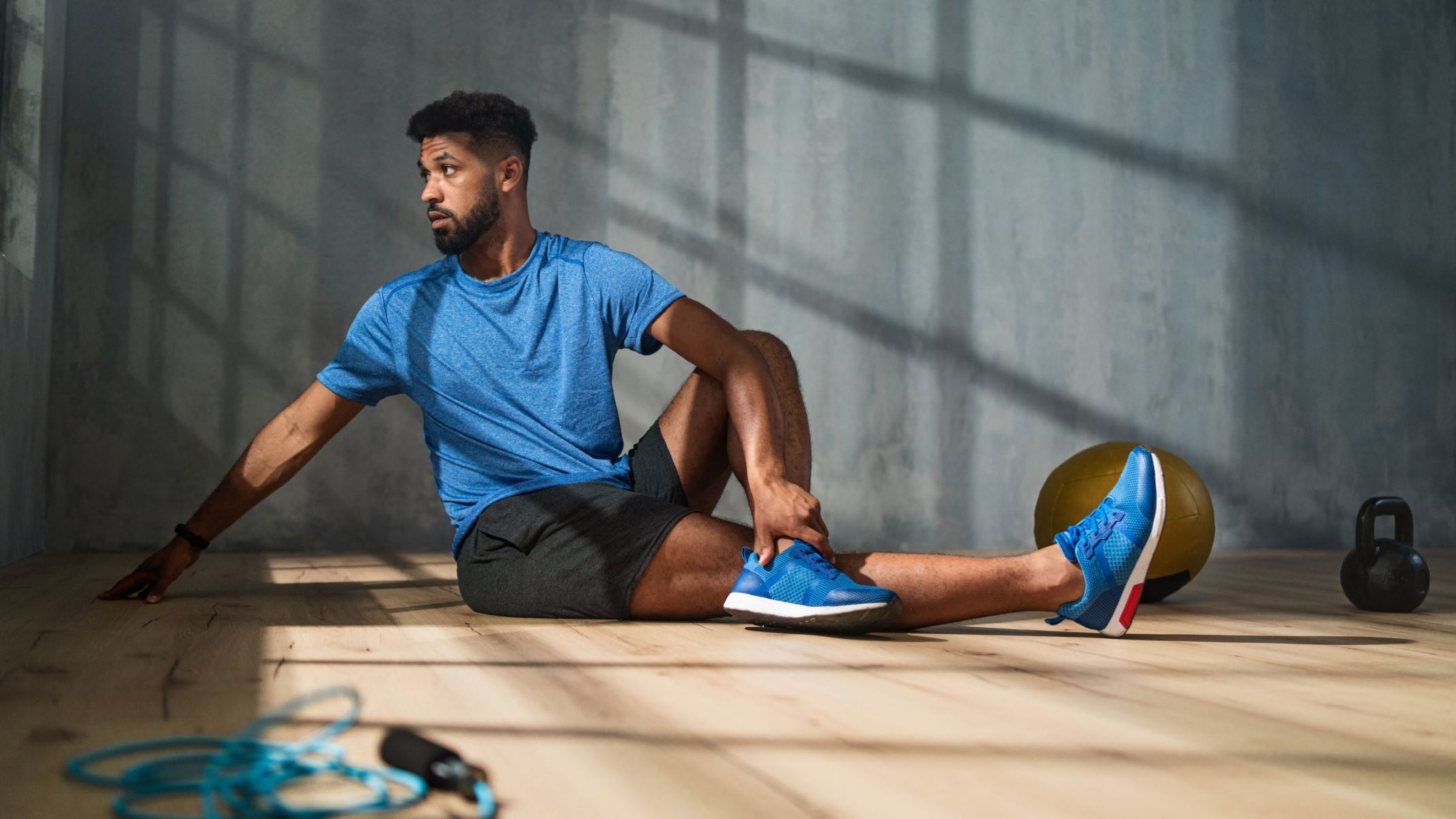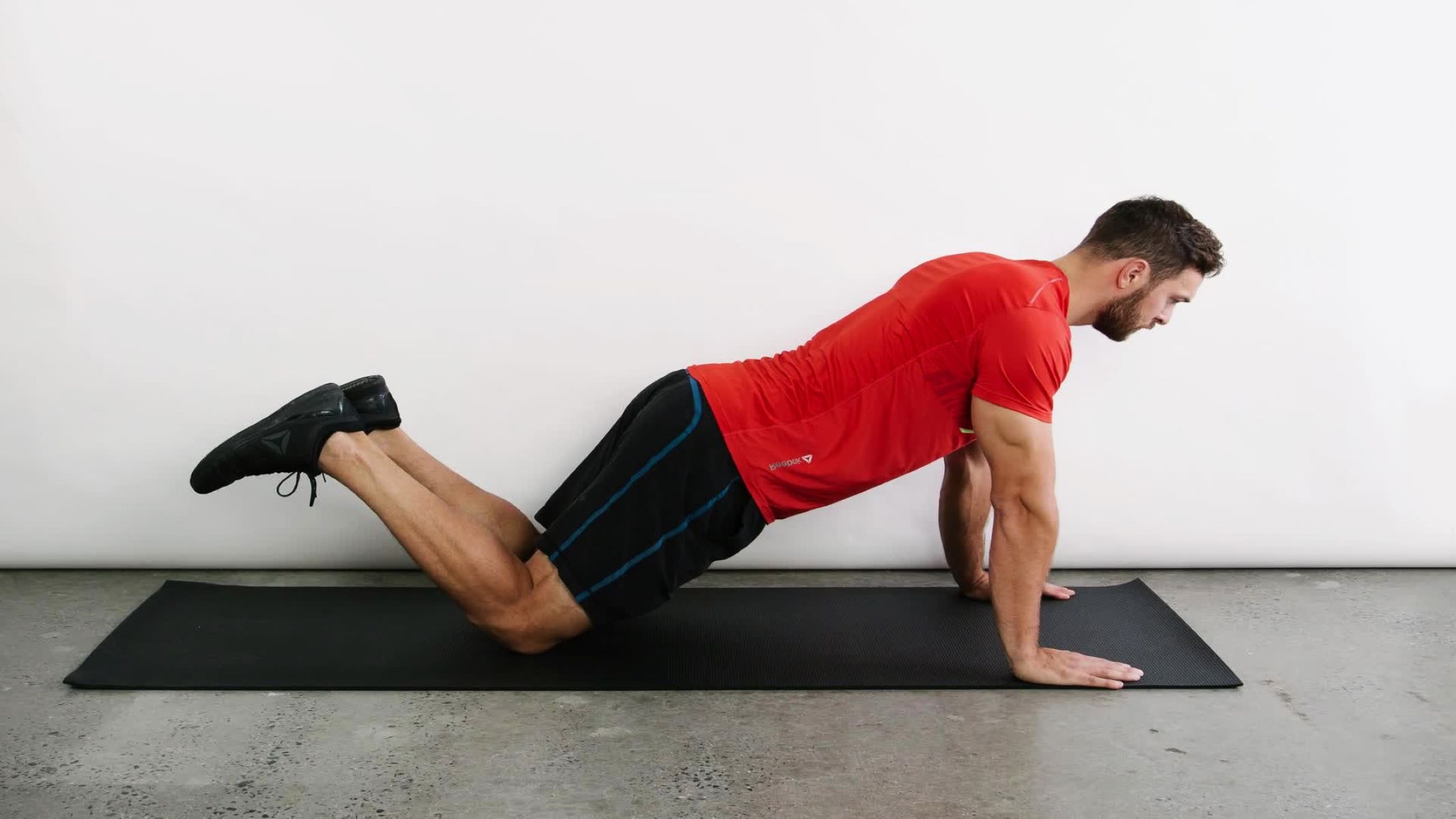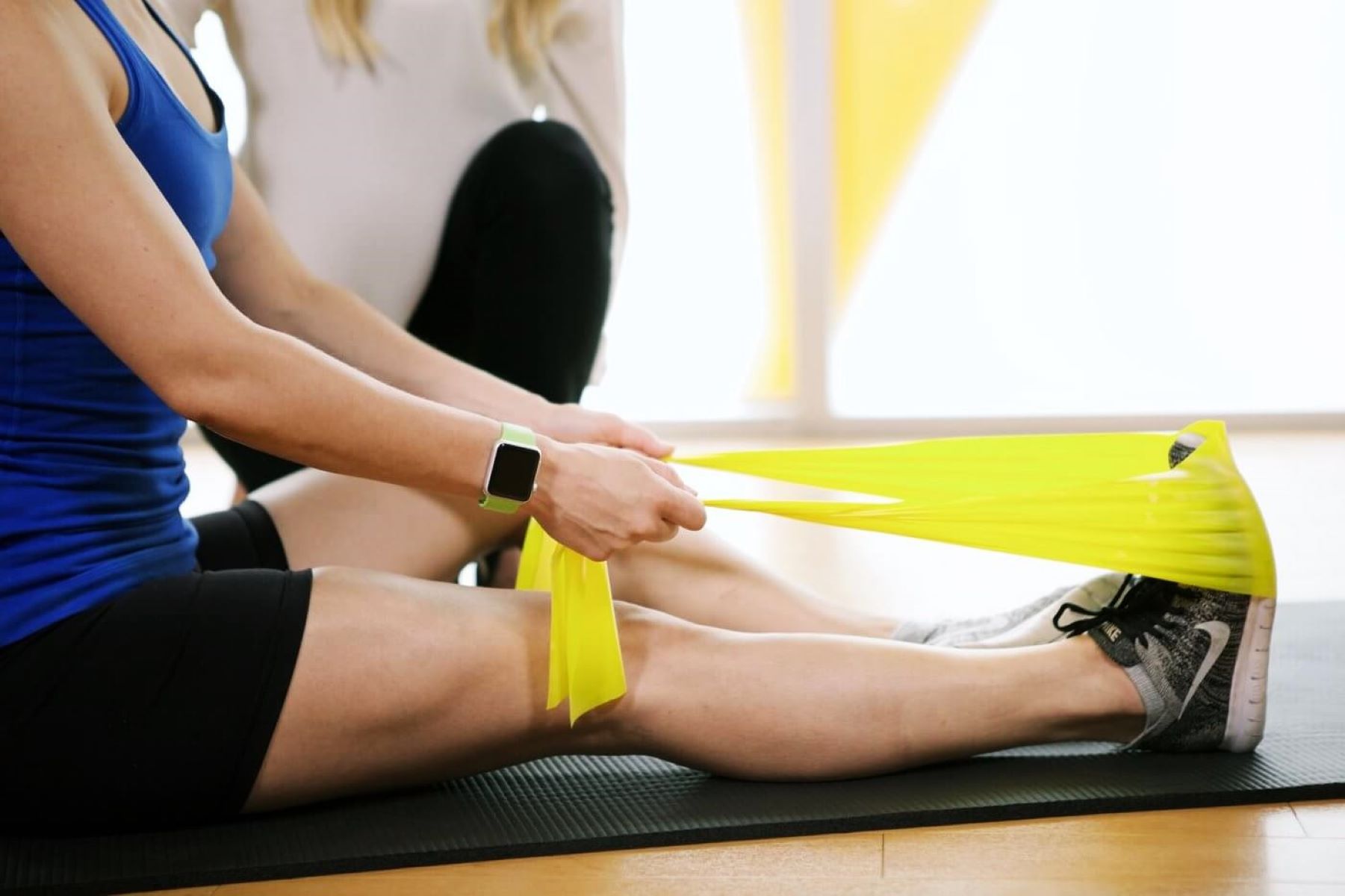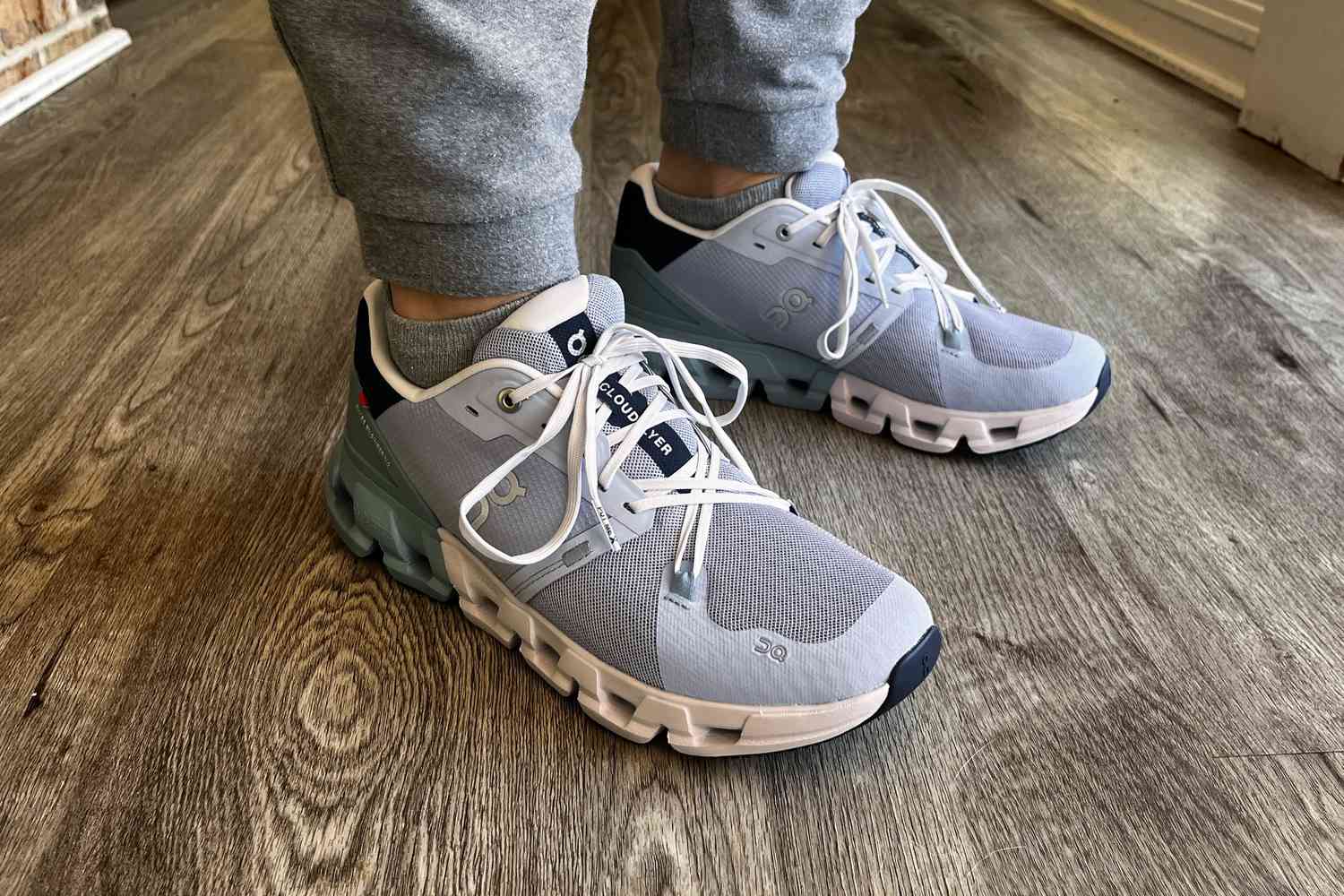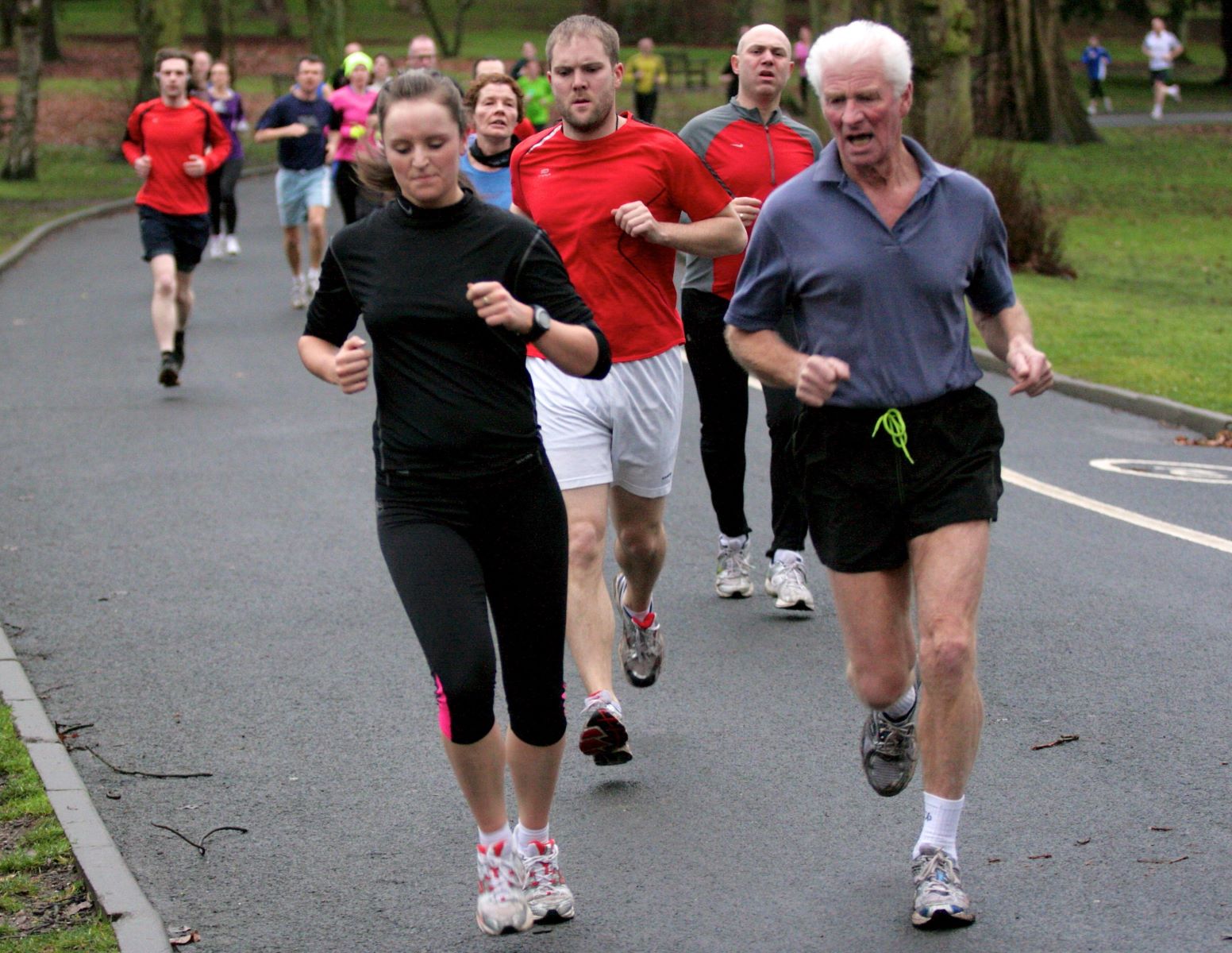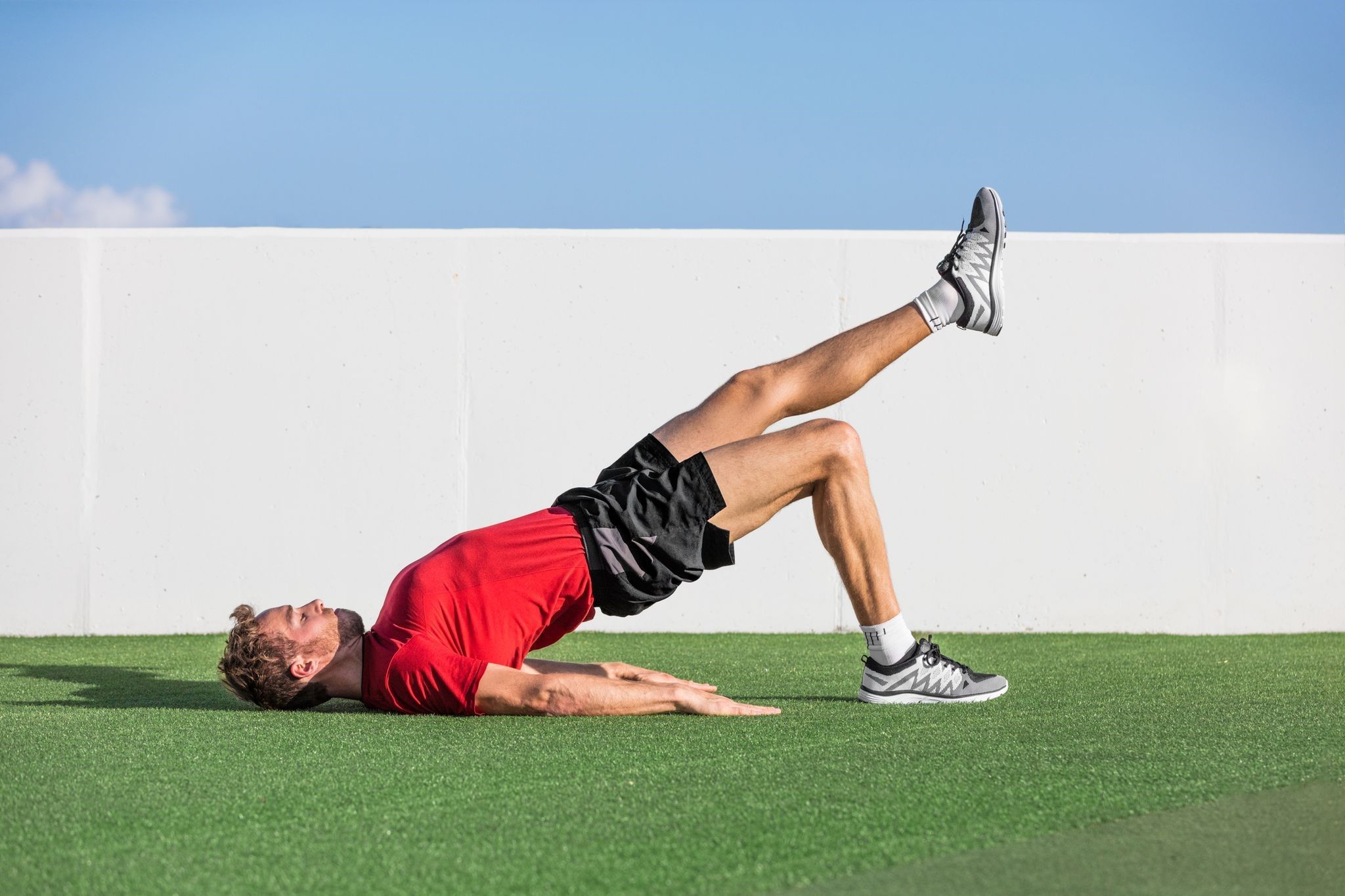Home>Training & Techniques>5 Glute Exercises To Activate Your Glutes For Running


Training & Techniques
5 Glute Exercises To Activate Your Glutes For Running
Published: March 1, 2024
Enhance your running performance with these 5 glute exercises. Learn effective training & techniques to activate your glutes and boost your running stride.
(Many of the links in this article redirect to a specific reviewed product. Your purchase of these products through affiliate links helps to generate commission for Therunningadvisor.com, at no extra cost. Learn more)
Table of Contents
Importance of Activating Your Glutes for Running
Running is a fantastic way to stay fit and healthy, but it can take a toll on your body if not done with proper form and muscle engagement. One of the most crucial muscle groups for runners is the glutes. These powerful muscles play a significant role in stabilizing the pelvis, maintaining proper hip alignment, and generating force during each stride. However, many runners often underutilize their glutes, leading to inefficient movement patterns and an increased risk of injury.
Activating your glutes before a run can make a world of difference in your performance and overall well-being. By engaging these muscles, you can enhance your running efficiency, boost your speed, and reduce the likelihood of experiencing common running-related injuries such as IT band syndrome, knee pain, and lower back discomfort. Additionally, strong and activated glutes contribute to better posture and overall body alignment, which can positively impact your running form and endurance.
When your glutes are properly activated, they work in harmony with other lower body muscles to provide stability and power during each stride. This not only improves your running economy but also helps prevent overreliance on smaller, less powerful muscles, such as the quadriceps and hamstrings. By distributing the workload more evenly across the lower body, glute activation can help reduce muscle fatigue and improve your ability to sustain longer distances with greater ease.
Incorporating glute activation exercises into your pre-run routine can help wake up these muscles and prepare them for the demands of running. By targeting the glutes with specific movements, you can establish a stronger mind-muscle connection and ensure that these essential muscles are firing optimally before you hit the pavement or trail. Whether you're a seasoned runner or just starting out, prioritizing glute activation can lead to significant improvements in your running performance and overall enjoyment of the sport.
In the following sections, we'll explore five effective glute activation exercises that can help you maximize the benefits of engaging your glutes before running. By incorporating these exercises into your warm-up routine, you can set the stage for a more efficient, enjoyable, and injury-free running experience.
Exercise 1: Glute Bridges
Glute bridges are a fundamental exercise for activating and strengthening the glutes, making them an excellent addition to any pre-run warm-up routine. This simple yet effective movement targets the gluteus maximus, the largest muscle in the gluteal group, and helps establish a strong mind-muscle connection, priming these powerful muscles for the demands of running.
To perform glute bridges, begin by lying on your back with your knees bent and feet flat on the ground, hip-width apart. Engage your core muscles to stabilize your pelvis and prevent overarching of the lower back. From this position, exhale as you press through your heels, lifting your hips off the ground until your body forms a straight line from your shoulders to your knees. At the top of the movement, focus on squeezing your glutes to maximize activation. Hold this position for a brief moment before slowly lowering your hips back to the starting position.
When executed with proper form and intention, glute bridges effectively engage the glutes while also recruiting the hamstrings and core muscles for stability. This exercise not only activates the glutes but also promotes hip extension, a crucial movement pattern for generating power during running strides. By incorporating glute bridges into your warm-up routine, you can enhance the recruitment of these essential muscles and improve their readiness for the dynamic nature of running.
Furthermore, glute bridges can help address muscular imbalances and weaknesses that may hinder optimal running performance. Many individuals, particularly those with sedentary lifestyles, experience underactive glutes due to prolonged periods of sitting. This can lead to inhibited glute function and contribute to compensatory movement patterns during running, potentially increasing the risk of injury. By regularly incorporating glute bridges into your pre-run warm-up, you can counteract the effects of prolonged sitting and help reawaken and strengthen these vital muscles.
In addition to their role in glute activation, bridges can also serve as a valuable tool for enhancing overall hip mobility and stability. As runners, maintaining optimal hip function is essential for efficient and injury-free movement. Glute bridges not only activate the glutes but also promote improved hip extension and contribute to better pelvic alignment, factors that are integral to running with proper form and reducing the likelihood of overuse injuries.
In summary, glute bridges are a foundational exercise for activating and strengthening the glutes, making them a valuable component of any runner's warm-up routine. By incorporating this movement into your pre-run preparation, you can enhance glute activation, address muscular imbalances, and promote optimal hip function, ultimately setting the stage for a more efficient and enjoyable running experience.
Exercise 2: Clamshells
Clamshells are a highly effective exercise for targeting the often-neglected gluteus medius, a key stabilizing muscle located on the outer side of the pelvis. This small yet mighty muscle plays a crucial role in maintaining proper hip alignment and stability, which are essential for efficient and injury-free running. By incorporating clamshells into your pre-run warm-up routine, you can specifically target the gluteus medius and enhance its activation, ultimately contributing to improved running performance and reduced risk of common overuse injuries.
To perform clamshells, begin by lying on your side with your knees bent and stacked on top of each other. Ensure that your hips and shoulders are vertically aligned, maintaining a straight line from your head to your tailbone. With your feet together, exhale as you lift the top knee away from the bottom knee, opening your legs like a clamshell. Focus on engaging the gluteus medius throughout the movement, emphasizing the outward rotation of the hip. Hold the top position for a brief moment to maximize muscle activation before slowly lowering the knee back down.
Clamshells effectively isolate and target the gluteus medius, a muscle that is often underutilized in traditional strength training exercises. By incorporating this movement into your warm-up routine, you can establish a stronger mind-muscle connection with the gluteus medius, ensuring that it is primed and ready to provide essential stability and support during running. Additionally, activating the gluteus medius can help prevent excessive hip drop, a common issue that can lead to inefficient movement patterns and increased stress on the lower body during running.
In the context of running, a strong and activated gluteus medius contributes to better pelvic and hip stability, which is crucial for maintaining proper alignment and minimizing excessive lateral movement. By enhancing the activation of this muscle through clamshells, you can improve your ability to maintain a steady and controlled stride, ultimately leading to more efficient and sustainable running mechanics. Furthermore, a well-engaged gluteus medius can help reduce the risk of common running-related injuries, such as iliotibial band syndrome and patellofemoral pain, by promoting optimal lower body alignment and reducing excessive stress on the knee and hip joints.
Incorporating clamshells into your pre-run warm-up routine not only targets the gluteus medius but also promotes overall hip stability and alignment, factors that are integral to running with proper form and reducing the likelihood of overuse injuries. By dedicating time to specifically activate and strengthen the gluteus medius, you can enhance your running performance, improve your body's resilience to the demands of running, and foster a more enjoyable and sustainable running experience.
Exercise 3: Donkey Kicks
Donkey kicks are a dynamic and effective exercise for targeting the glutes, particularly the gluteus maximus, while also engaging the core and stabilizing muscles. This powerful movement, often associated with its animal-inspired name, offers a range of benefits that make it a valuable addition to any pre-run warm-up routine.
To perform donkey kicks, start on your hands and knees in a tabletop position, ensuring that your wrists are aligned with your shoulders and your knees are directly beneath your hips. From this stable position, engage your core muscles to maintain a neutral spine and prevent excessive movement in the lower back. With your right knee bent at a 90-degree angle, exhale as you drive the sole of your right foot toward the ceiling, focusing on the contraction of the gluteus maximus. Hold the top position for a brief moment to maximize muscle activation before slowly lowering the knee back to the starting position. Repeat this movement for the desired number of repetitions before switching to the left leg.
Donkey kicks effectively target the gluteus maximus, the largest muscle in the gluteal group, and promote hip extension, a crucial movement pattern for generating power during running strides. By incorporating this exercise into your warm-up routine, you can enhance the recruitment of the glutes and prepare them for the dynamic demands of running. Additionally, donkey kicks engage the core muscles, promoting stability and alignment throughout the body, factors that are essential for maintaining proper running form and reducing the risk of injury.
Furthermore, donkey kicks can help address muscular imbalances and weaknesses that may hinder optimal running performance. By actively engaging the glutes and core through this movement, you can counteract the effects of prolonged sitting and sedentary lifestyles, which often contribute to underactive glutes and diminished core strength. By incorporating donkey kicks into your pre-run warm-up, you can reawaken and strengthen these vital muscle groups, ultimately enhancing your body's readiness for the physical demands of running.
In the context of running, strong and activated glutes play a pivotal role in providing stability and power during each stride. By incorporating donkey kicks into your warm-up routine, you can establish a stronger mind-muscle connection with the glutes, ensuring that they are primed and ready to contribute to efficient and powerful running mechanics. Additionally, the engagement of the core muscles in this exercise can help promote better posture and spinal alignment, factors that are integral to running with optimal form and reducing the likelihood of overuse injuries.
In summary, donkey kicks offer a comprehensive approach to glute and core activation, making them a valuable component of any runner's warm-up routine. By incorporating this exercise into your pre-run preparation, you can enhance glute and core activation, address muscular imbalances, and promote optimal hip function, ultimately setting the stage for a more efficient and enjoyable running experience.
Exercise 4: Fire Hydrants
Fire hydrants are a highly effective exercise for targeting the gluteus medius and gluteus maximus, making them a valuable addition to any pre-run warm-up routine. This dynamic movement, inspired by the motion of a dog lifting its leg to urinate on a fire hydrant, offers a range of benefits that can significantly enhance your running performance and reduce the risk of common overuse injuries.
To perform fire hydrants, begin on your hands and knees in a tabletop position, ensuring that your wrists are aligned with your shoulders and your knees are directly beneath your hips. From this stable position, engage your core muscles to maintain a neutral spine and prevent excessive movement in the lower back. With your right knee bent at a 90-degree angle, exhale as you lift the knee out to the side, opening your hip while keeping the knee at a right angle. Focus on the contraction of the gluteus medius and gluteus maximus throughout the movement, emphasizing the outward and upward motion. Hold the top position for a brief moment to maximize muscle activation before slowly lowering the knee back to the starting position. Repeat this movement for the desired number of repetitions before switching to the left leg.
Fire hydrants effectively isolate and target the gluteus medius, the key stabilizing muscle responsible for maintaining proper hip alignment and stability during running. By incorporating this exercise into your warm-up routine, you can specifically engage the gluteus medius, enhancing its activation and readiness for the dynamic demands of running. Additionally, fire hydrants promote hip abduction, a crucial movement pattern for stabilizing the pelvis and preventing excessive lateral movement, factors that are essential for efficient and injury-free running mechanics.
In the context of running, a strong and activated gluteus medius contributes to better pelvic and hip stability, ultimately leading to improved running form and reduced risk of overuse injuries. By incorporating fire hydrants into your pre-run warm-up routine, you can establish a stronger mind-muscle connection with the gluteus medius, ensuring that it is primed and ready to provide essential stability and support during each stride. Furthermore, activating the gluteus medius can help prevent excessive hip drop, a common issue that can lead to inefficient movement patterns and increased stress on the lower body during running.
In summary, fire hydrants offer a targeted approach to glute activation, making them a valuable component of any runner's warm-up routine. By incorporating this exercise into your pre-run preparation, you can enhance glute activation, promote optimal hip stability, and set the stage for a more efficient and enjoyable running experience.
Exercise 5: Lateral Band Walks
Lateral band walks are a highly effective exercise for targeting the glutes, specifically emphasizing the gluteus medius and minimus, which play a crucial role in hip stability and proper alignment during running. This dynamic movement, often performed with a resistance band placed around the legs, offers a range of benefits that can significantly enhance your running performance and reduce the risk of common overuse injuries.
To perform lateral band walks, begin by placing a resistance band around your legs, just above the knees. Stand with your feet hip-width apart and assume a slight squat position to engage the lower body muscles. From this starting position, take a step to the side with one foot, maintaining tension on the band, and then follow with the other foot to return to the original stance. Continue this lateral stepping motion, focusing on keeping the knees aligned with the toes and maintaining a stable, upright posture throughout the exercise.
Lateral band walks effectively target the gluteus medius and minimus, which are essential for controlling excessive inward collapse of the knees and maintaining proper hip alignment during running. By incorporating this exercise into your warm-up routine, you can specifically engage these crucial muscles, enhancing their activation and readiness for the dynamic demands of running. Additionally, lateral band walks promote hip abduction and external rotation, both of which are vital for stabilizing the pelvis and preventing inward knee collapse, factors that are integral to efficient and injury-free running mechanics.
In the context of running, strong and activated gluteus medius and minimus contribute to better pelvic and hip stability, ultimately leading to improved running form and reduced risk of overuse injuries. By incorporating lateral band walks into your pre-run warm-up routine, you can establish a stronger mind-muscle connection with these important muscles, ensuring that they are primed and ready to provide essential stability and support during each stride. Furthermore, activating the gluteus medius and minimus can help prevent excessive hip adduction and internal rotation, common issues that can lead to inefficient movement patterns and increased stress on the lower body during running.
In summary, lateral band walks offer a targeted approach to glute activation, making them a valuable component of any runner's warm-up routine. By incorporating this exercise into your pre-run preparation, you can enhance glute activation, promote optimal hip stability, and set the stage for a more efficient and enjoyable running experience.


